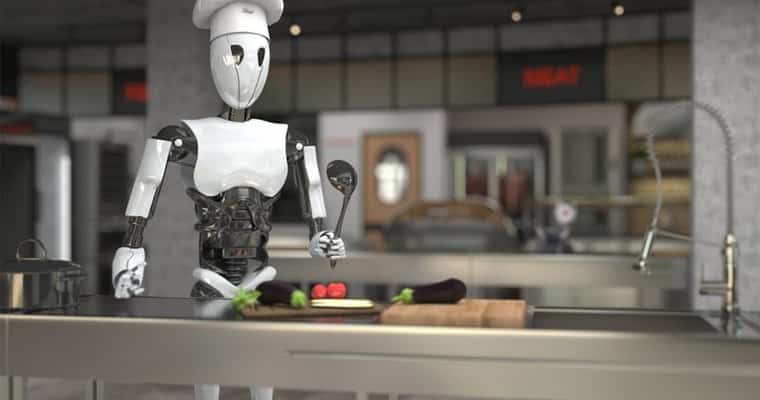This article was written by Tony Smith, co-founder and CEO and appeared in Fast Casual.
Explore how to find the perfect balance of high-tech and high-touch service.
When I picture a restauranteur there are three qualities that immediately come to mind:
- Entrepreneurial.
- Determined.
- Resourceful.
Those qualities were on full display during the pandemic as restaurants were forced to adapt rapidly to meet the new needs of their customers. From my perspective, there is no greater silver lining from COVID-19 for the industry than this: operators fast-tracked the adoption of technology by nearly four years to better meet guest needs and streamline operations.
While technology is no doubt improving restaurant operations, human work will always be needed, too. People long for interaction with other people. They want to feel catered to.
Below are a few scenarios in which restaurant technologies can be combined with in-person connections to provide the best customer and employee experience possible.
Front-of-house
When it comes to service, The National Restaurant Association’s 2022 State of the Industry Report shows that 68% of adults prefer traditional service from a server over ordering or paying via tablet or phone app. When it comes to hospitality, human connection is strongly desired. While it can’t be replaced, it can be successfully enhanced through technology.
Recently, Chili’s deployed Rita the Robot across eight states. The robot can lead guests to tables, run food and sing a birthday song to guests, but the chain understands these tasks are meant to assist their team members, not replace them. In fact, the company found that 82% of guests felt their experience was better because of Rita, with 77% noting it enabled their human server to spend more time with them.
Why is it important that the employees spend more time interacting with guests? A robot can’t read a room the same way as a human. It also can’t provide personable recommendations or answer every question a customer has about their meal or the restaurant. Having technology to support day-to-day operations allows more time for personal interaction between customers and employees.
Back-of-house
The kitchen also offers many opportunities to use technology. From flipping burgers to working the deep fryer, there are so many redundant tasks that can be automated without sacrificing quality. But what happens when a customer wants to modify a dish in a way that is not pre-programmed?
A machine is going to complete the assigned tasks in a very precise manner. Human intervention would be required if a special situation were to arise. Having a backup system in which a waiter could run to the back to inform the kitchen that a customer has severe asthma and can’t have any black pepper would allow for an exchange of the pre-prepped patty for an unseasoned patty from the walk-in cooler. Crisis averted.
Management and employees
For managers, back-of-house technologies play a huge role in freeing up administrative work. Cloud-based management solutions provide 24/7 access to critical business data and can be great for creating schedules, managing inventory, ordering supply and more. This instant access gets managers out of the office quicker and onto the floor, where they can be serving customers and assisting staff.
While certain data may show that it’s time to cut servers due to a slower than expected shift, technology lacks the empathy and compassion that a human provides for their employees. With this data, management can strategically utilize labor where it’s needed most, in turn optimizing labor spend while still maintaining the best experience possible for guests.
When employees face personal challenges, like needing to take a sick day or having a flat tire, management is there to be empathetic and provide flexibility. Good leadership listens and takes this information into consideration to strengthen the restaurant’s culture and retain talent.
When it comes to using technology in the restaurant industry, we have many avenues to explore. The goal is to pursue restaurant technologies that help employees, not replace them, so that we can please both staff and customers alike. The key is finding the perfect balance of high-tech and high-touch service.



